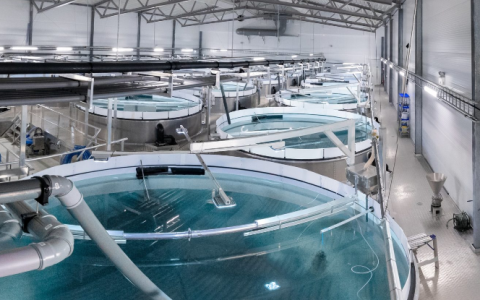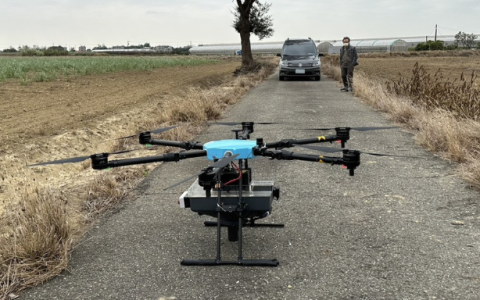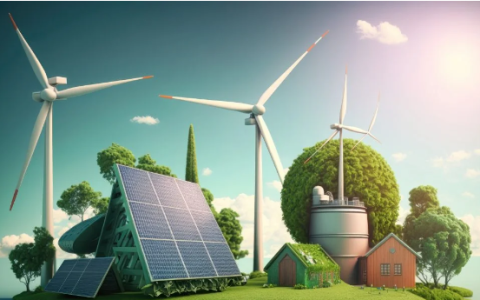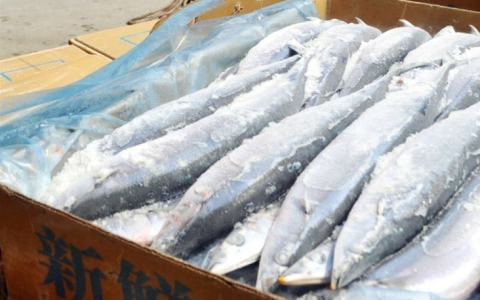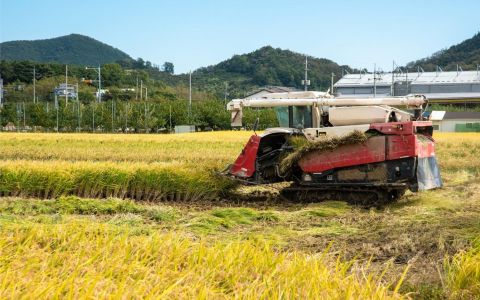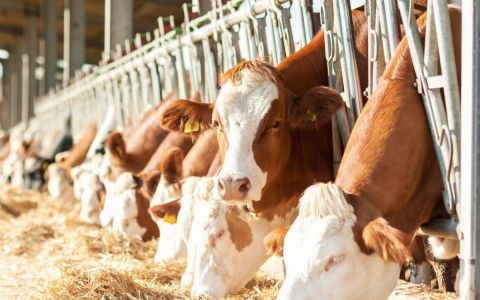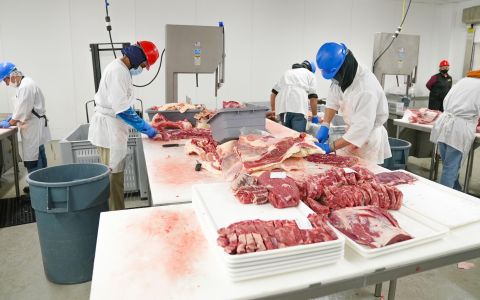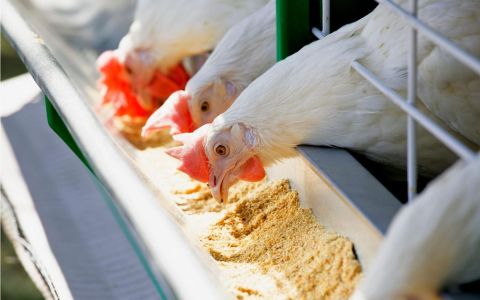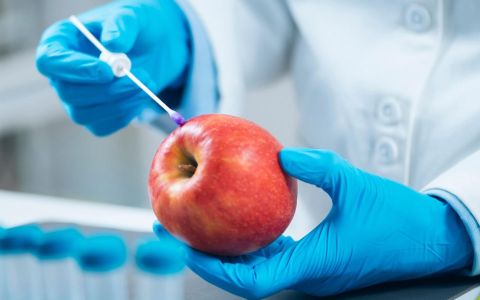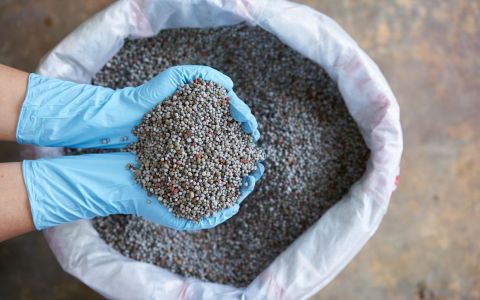Land-based aquaculture is shifting to offshore cage nets, with ocean ranching becoming a trend
The taste of saltwater fish is more delicious compared to freshwater fish, making it the preferred choice for consumption by most people. This has led to a global problem of depletion of marine fish stocks, prompting aquaculture production to surpass wild fishing. However, terrestrial environments are susceptible to natural disasters and human-induced destruction, coupled with the scarcity of arable land and freshwater. As a result, the shift of land-based aquaculture to offshore cage net farming, creating "ocean ranching," has become a trend. This allows for the consumption of saltwater fish without the need for ocean fishing, while land can be repurposed for other uses. It saves freshwater resources, reduces carbon footprints and damage caused by disasters, and promotes a friendly farming environment that minimizes the impact of aquaculture on the environment, ultimately achieving sustainable operation.
Cage net farming is moving towards technological development
Taiwan's main locations for cage net farming are Penghu and Pingtung, where high-value fish species such as grouper and barramundi are primarily cultivated. Currently, the Fisheries Agency is subsidizing the Ocean University to develop "intelligent cage net farming technology" to enhance feeding efficiency, save labor and time costs. They have also developed a "cage net equipment warning system" that can instantly issue alerts for net washing and net damage to minimize losses. By integrating monitoring devices with various platforms, they can track and improve production efficiency anytime, anywhere, thus enhancing the economic value of the aquaculture industry. Currently, the domestic offshore cage net farming production is only 3,000 metric tons. The Fisheries Agency has plans to gradually shift land-based farming to offshore development, with the goal of increasing production fivefold to 15,000 metric tons in the next 10 years. Offshore cage net farming will become the mainstay of the aquaculture industry and is a key industry supported by the Fisheries Agency.
Taiwanese manufacturers of technologically advanced cage net farming systems
YUANG HSIAN METAL INDUSTRIAL CORP.
They primarily produce copper alloy wire products, specializing in the production of "AB65 Copper Alloy Anti-Biofouling Cage Net" wire. This wire effectively inhibits parasites and pathogens, preventing the attachment of organisms such as sea squirts, seaweed, and shellfish. It possesses high tensile strength, abrasion resistance, and corrosion resistance against seawater, enabling it to withstand strong ocean currents and maintain the shape of the cage nets, even in the Kuroshio current region. Sufficient space is provided to prevent overcrowding of fish and maintain oxygen levels, ultimately increasing the output of fish farming.
KING CHOU MARINE TECHNOLOGY CO., LTD.
As one of the top three net manufacturing companies globally, they produce various types of fishing nets for offshore fisheries. They utilize special black raw materials produced by renowned chemical fiber manufacturers to create nets with enhanced abrasion resistance and high tensile strength. Jinchou places great importance on the development and manufacturing of cage nets. The netting panels are woven using UV-resistant and high-tensile raw materials, ensuring they can withstand harsh deep-sea conditions at depths of over 20 meters and resist predation from marine animals. Their cage nets also meet the NS-9415 certification standards for cage net farming set by the Norwegian certification company NOOMAS Sertifisering, making them a trusted choice for fish farmers.
Digital Content and Multimedia Technology Research Center, National Sun Yat-sen University
They are dedicated to developing the "AI Smart Farming System for White Shrimp" equipped with underwater image recognition and intelligent feeding technologies. This system enables direct observation of white shrimp's real-time biological information, such as food intake and growth, underwater, thus avoiding misjudgment or delayed response to potential risks that could result in significant losses. By utilizing AI technology, this intelligent system helps aquaculture industries save labor, reduce risks, and enhance productivity and profitability. It brings Taiwan's aquaculture industry into a new era of intelligence. In recognition of their achievements, they have received the 2021 Future Technology Award and the 19th National Innovation Award in 2022.
MIC METER INDUSTRIAL COMPANY
A professional instrument manufacturer from Taiwan, they offer hardware products such as "underwater cameras" and "lens housings." Their patented design for the housing includes a built-in filter screen, LED lighting for illumination, and features that make it resistant to both seawater and corrosion. Their software products include "AI image enhancement and intelligent analysis." These software solutions provide real-time transmission of images and analyze the healthy growth status and trends of shrimp. If the growth trend deviates, an alarm is triggered, and the software also analyzes the size of the shrimp as a basis for harvesting.
Fishtek Marine
Sharks and dolphins often damage fishing nets while preying on fish, resulting in reduced catch and significant economic losses. The product "Anti-Predatory Acoustic Deterrent" generates louder and randomly unpredictable sounds compared to standard deterrent devices. When sharks and dolphins approach the net, they are startled by these sounds, effectively driving them away.
SKYNAV TECHNOLOGY, INC.
Specializing in the sales and development of satellite communication and navigation equipment, their product lineup includes the "Diver Tracking Device." This device features a compact and durable rugged casing and utilizes AIS (Automatic Identification System) communication technology. It offers high versatility and can automatically transmit signals for fast and accurate positioning. Additionally, they offer the "AIS Personal Man Overboard (MOB) Beacon" designed with shock-resistant industrial-grade plastic casing. It has a continuous operating time of up to 7 days and can withstand water depths of up to 100 meters, with a transmission range of 4 nautical miles (NM). Both of these products serve as essential safety equipment for aquaculture personnel.
JNC TECHNOLOGY CO., LTD.
Dedicated to the research, development, and manufacturing of IoT (Internet of Things) AI sensors and controllers, they strive to create modularized systems for comprehensive management. These systems break through spatial and temporal barriers, allowing users to monitor aquaculture conditions anytime and anywhere. One of their products is the "Cloud-based Underwater Camera" that enables monitoring of the conditions within the cages. It can perform tasks such as water quality monitoring, analysis of feed, and automatic feeding. The cloud-based system also allows for management and monitoring of multiple cage nets.
EstiNet Technologies Inc.
They develop AIoT (Artificial Intelligence of Things) smart IoT systems that utilize IoT water quality monitoring and IP camera technologies. With support for mobile software display, the IoT system can instantly connect to Line, sending real-time screenshots of any anomalies on-site to the administrator's mobile phone. It also allows for on-site settings adjustments through mobile devices. They collaborate with national-level corporate research institutions such as the Agricultural Technology Research Institute, Fisheries Research Institute, Stone and Resource Industry R&D Center, Industrial Technology Research Institute, and Institute for Information Industry to facilitate technology transfer and research and development cooperation, thus achieving smart aquaculture goals.
Other News
Nocera, Inc., a fully integrated sustainable aquaculture company focused on the manufacturing and operation of land-based Recirculating Aquaculture Systems (RASs), is pleased to announce its commencement of preliminary discussions with Chang Tai Group to explore the feasibility of a strategic collaboration.
Pesticide drops carried out by drone 4 times more efficient than by manual labor
Taiwan has witnessed rapid growth in its renewable energy sector. To bolster the adoption of clean energy, the government is actively promoting a free-market framework for green energy trading
A majority of Taiwan's long-distance saury fishing vessels have switched to using light emitting diodes (LEDs) to conduct saury fishery in the Pacific for environmental reasons.
Traditional agricultural machinery, mostly powered by diesel, is one of the primary sources of carbon emissions in agriculture. To respond to the call for net-zero emissions, countries are encouraging farmers to use electric agricultural machinery that reduces carbon emissions. Electric agricultural machinery also offers advantages such as low noise, low vibration, low waste heat, and easy startup. If they can be charged with renewable energy sources like solar power or wind power, it further enhances energy savings and carbon reduction efforts.
Animals raised without antibiotics rely on alternative health supplements like herbal medicines, probiotics, enzymes, or plant-based additives for robust health. This approach promotes a healthy digestive system, resulting in fewer cases of diarrhea, reduced fecal and urine odor, and less environmental pollution. By avoiding antibiotic use, the development of antimicrobial resistance in microorganisms is prevented, preserving the effectiveness of antibiotics. It also ensures food safety by eliminating the risk of drug residues.
Automated cutting equipment is common in modern meat processing plants for meat portioning, but detailed cutting still relies on manual hand-cutting. Knives play a crucial role in this process, significantly impacting efficiency and quality. Choosing the right knives reduces manual cutting time and effort, minimizes hand injuries, improves work efficiency, and ensures the preservation of high-quality meat with its market value intact.
Raising healthy animals for delicious meals is a challenging task that requires careful attention. In traditional animal farming, it becomes necessary to supplement animal feed with nutrients to bolster their immune systems, minimize the risk of illnesses and mortality, and enhance productivity and growth rates. This, in turn, increases overall production efficiency. In the event of animals falling ill, timely administration of medication can aid in their recovery. Alternatively, the utilization of natural herbal remedies can eliminate the residues associated with conventional chemical drugs, thereby safeguarding human food safety.
For international trade, many countries have strict inspection standards for pesticide residues in imported products. Only qualified products that have been ensured of their quality and safety can be distributed to the international market.
Taiwan's high temperature and rainfall lead to rapid decomposition of organic matter, resulting in insufficient organic content in farmland soil. This, in turn, causes soil acidification and heavy metal accumulation, resulting in irreversible damage. Organic fertilizers have a slow but long-lasting effect. They promote the growth of beneficial microorganisms in the soil, improve soil aeration, water retention, and fertility. They also enhance the soil's ability to buffer against environmental changes, preventing drastic fluctuations in pH and EC values.















